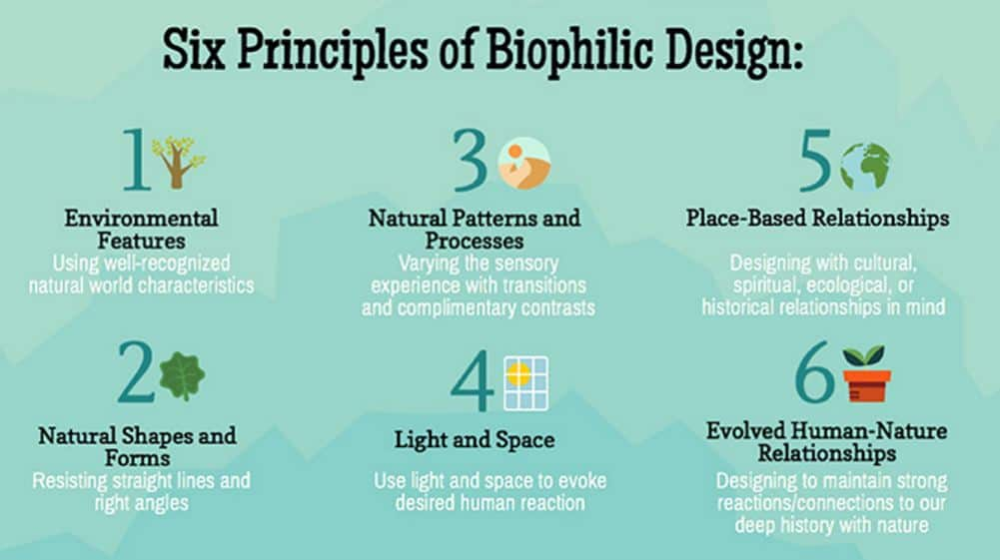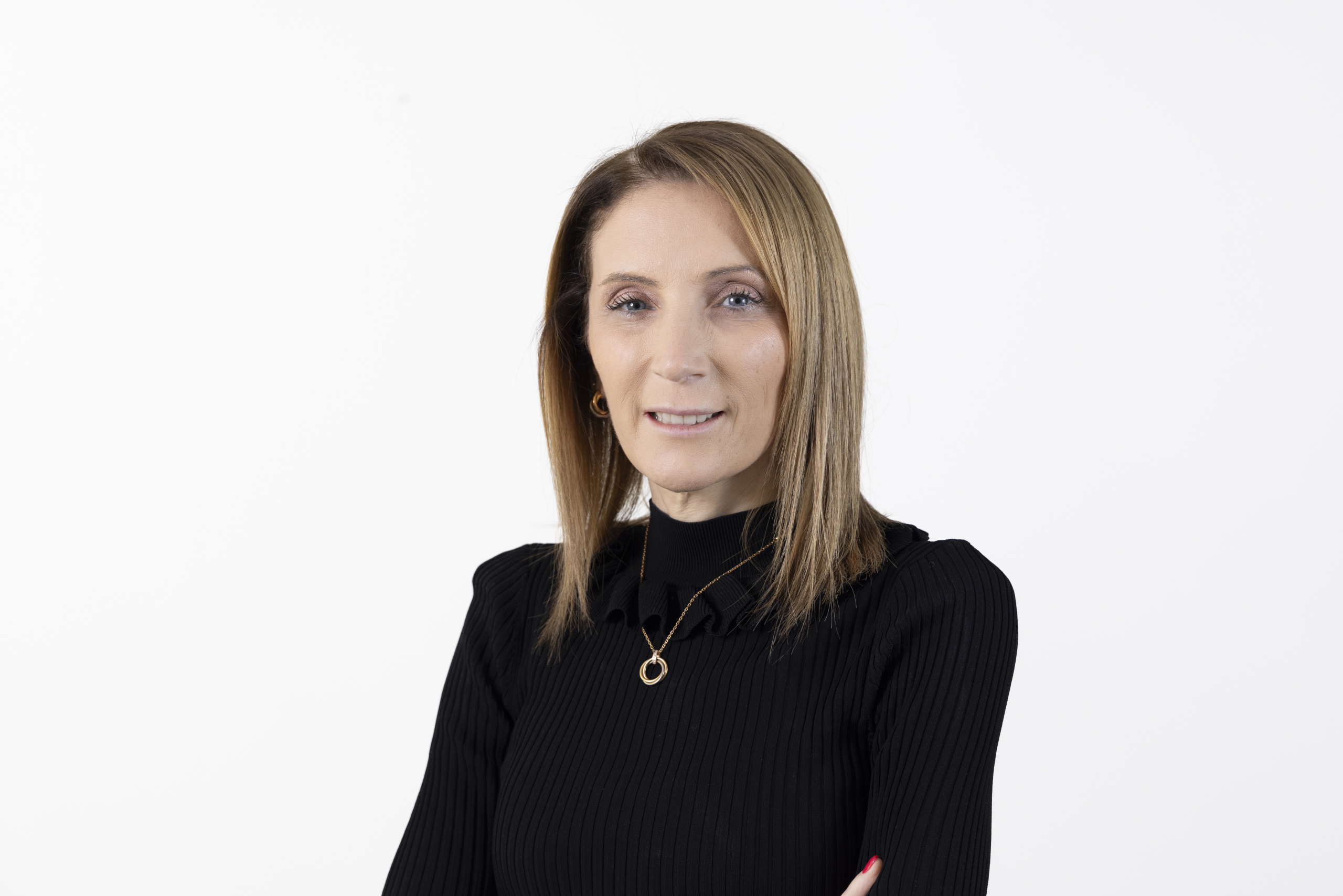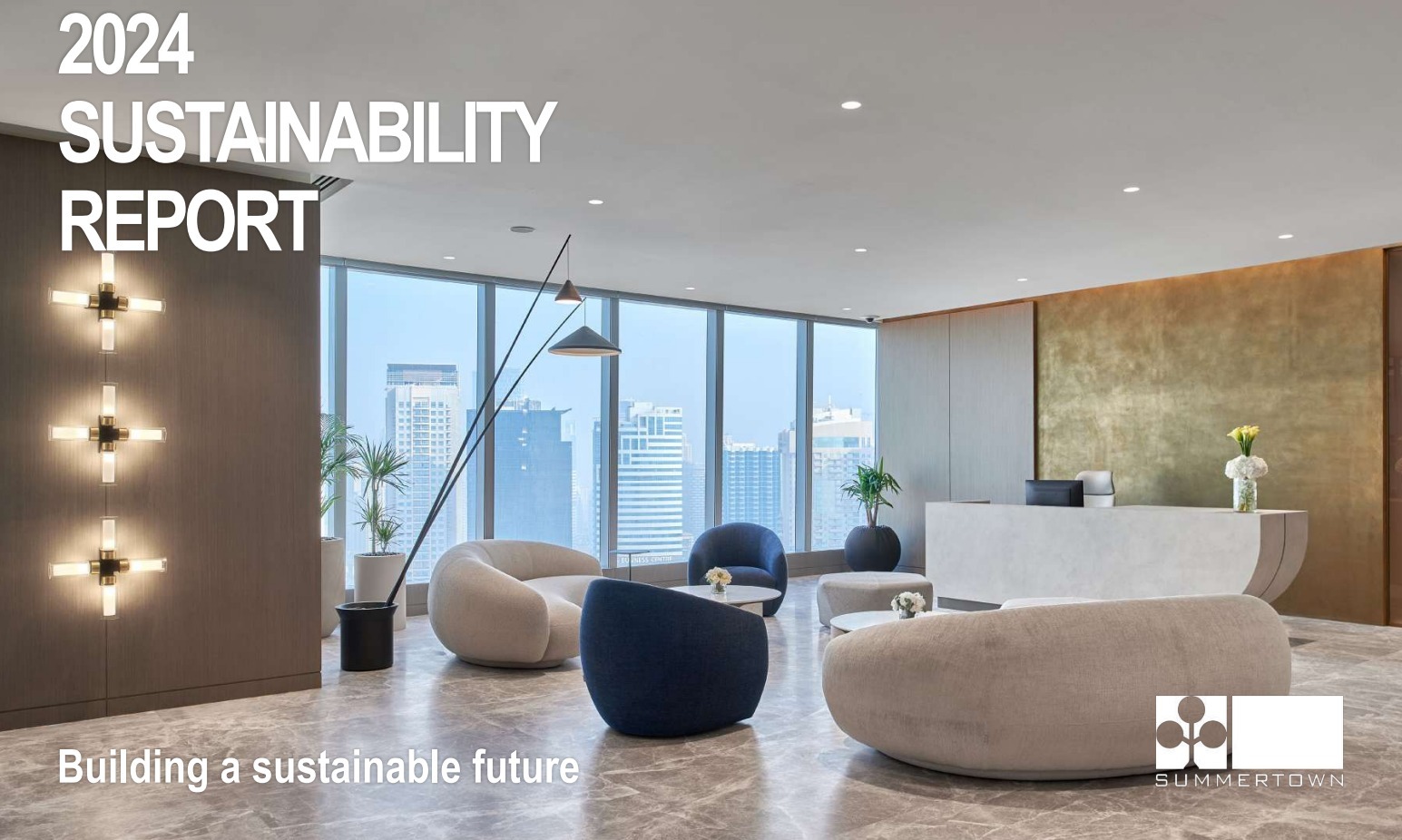Biophilia Matters: Connecting to Nature Means Sustainable Work Environment
What is Biophilia?
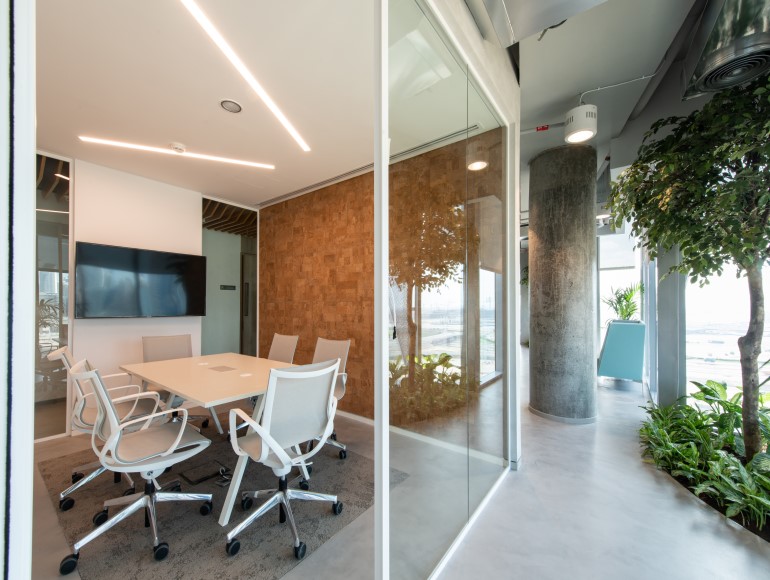 Biophilia, a term coined by American biologist and researcher Edward O. Wilson, describes humans’ inherent need to connect with nature and natural processes. In a post-industrial world, where we spend most of our time indoors, Biophilic design has developed to bridge the separation between the natural world and the environments in which most of us live and work. Biophilia in office fit out and design involves using natural materials in modern offices and where possible mimicking features of nature. [1]
Biophilia, a term coined by American biologist and researcher Edward O. Wilson, describes humans’ inherent need to connect with nature and natural processes. In a post-industrial world, where we spend most of our time indoors, Biophilic design has developed to bridge the separation between the natural world and the environments in which most of us live and work. Biophilia in office fit out and design involves using natural materials in modern offices and where possible mimicking features of nature. [1]
In the modern world, we are most often separated from nature. We spend nearly 90% of our time inside built environments.
We’ve identified Biophilia as a key trend in office fit out in previous posts but it is becoming much more than a trend. [2] [3] As sustainable work practices are becoming more mainstream and concern with the overall environment and employee health and well-being are being placed on the corporate agenda; it is becoming apparent that Biophilia is moving from an office fit out option to a standard requirement. This design approach is supported by numerous studies demonstrating a link between sustainable office environments and enhanced employee morale, productivity, health and sense of wellness. [4] [5] [6]
Why Do You Need a Green Office Fit Out?
Happy and healthy employees positively impact the bottom line. [7] [8] Terrapin Bright Green, the environmental consultants, in their white paper The Economics of Biophilia cite a study examining the performance of call centre employees at the Sacramento Municipal Utility District Call Centre. Call reps with a view responded to more calls than those without. Furthermore, the study linked 10% of absenteeism to lack of access to nature. Biophilic design elements can be linked to:
- Better employee health resulting in fewer sick days = reduced costs
- Improved mood and concentration = increased productivity
- Increased employee engagement = less employee turnover
For instance, a study carried out Interface The Global Impact of Biophilic Design in the Workplace showed that employees in work environments with natural elements reported:
- +15% higher creativity
- +15% better sense of well-being
- +6% higher productivity
How to Create a Sustainable Work Environment?
“A biophilic design does not need to contain all of the desired elements and attributes, but rather the components that make the most sense given the context – which, in addition to climate and landscape, include the building purpose (office vs hospital), the organizational culture and mission, and occupant needs and characteristics.”
Judith Heerwagen
GSA’s Office of Federal High-Performance Buildings [9]
Stephen Kellert, one of the pioneers of biophilic design, [10] identified six principles of biophilic design.
How can we translate these principles into a sustainable work environment? Kellert also developed a biophilic design framework that includes three ways to experience nature: directly, indirectly and through an experience of space and time.
|
Direct Experience of Nature |
Indirect Experience of Nature |
Experience of Space and Place |
| • Light | • Image of Nature | • Prospect and Refuge |
| • Air | • Natural Materials | • Organised Complexity |
| • Water | • Natural Colours | • Integration of Parts to Wholes |
| • Plants | • Simulating Natural Light and Air | • Transitional Spaces |
| • Animals | • Naturalistic Shapes and Forms | • Mobility and Wayfinding |
| • Weather | • Evoking Nature | • Cultural and Ecological |
| • Natural Landscapes and Ecosystems | • Information Richness | |
| • Fire | • Age, change and the Patina of Time | |
| • Natural Geometries | ||
| • Biomimicry |
There are many ways to install Biophilia in the office. The best approach is to integrate it at the root during the design phase, but if that is not possible, there are still solutions for increasing the experience of nature that are less radical. Our tips for applying these in creating a sustainable work environment roughly following Kellert’s framework can be summarised as follows.
Direct Experience of Nature
Enhanced natural lighting
Access to natural light is the feature most frequently requested elements by employees when surveyed. [11] 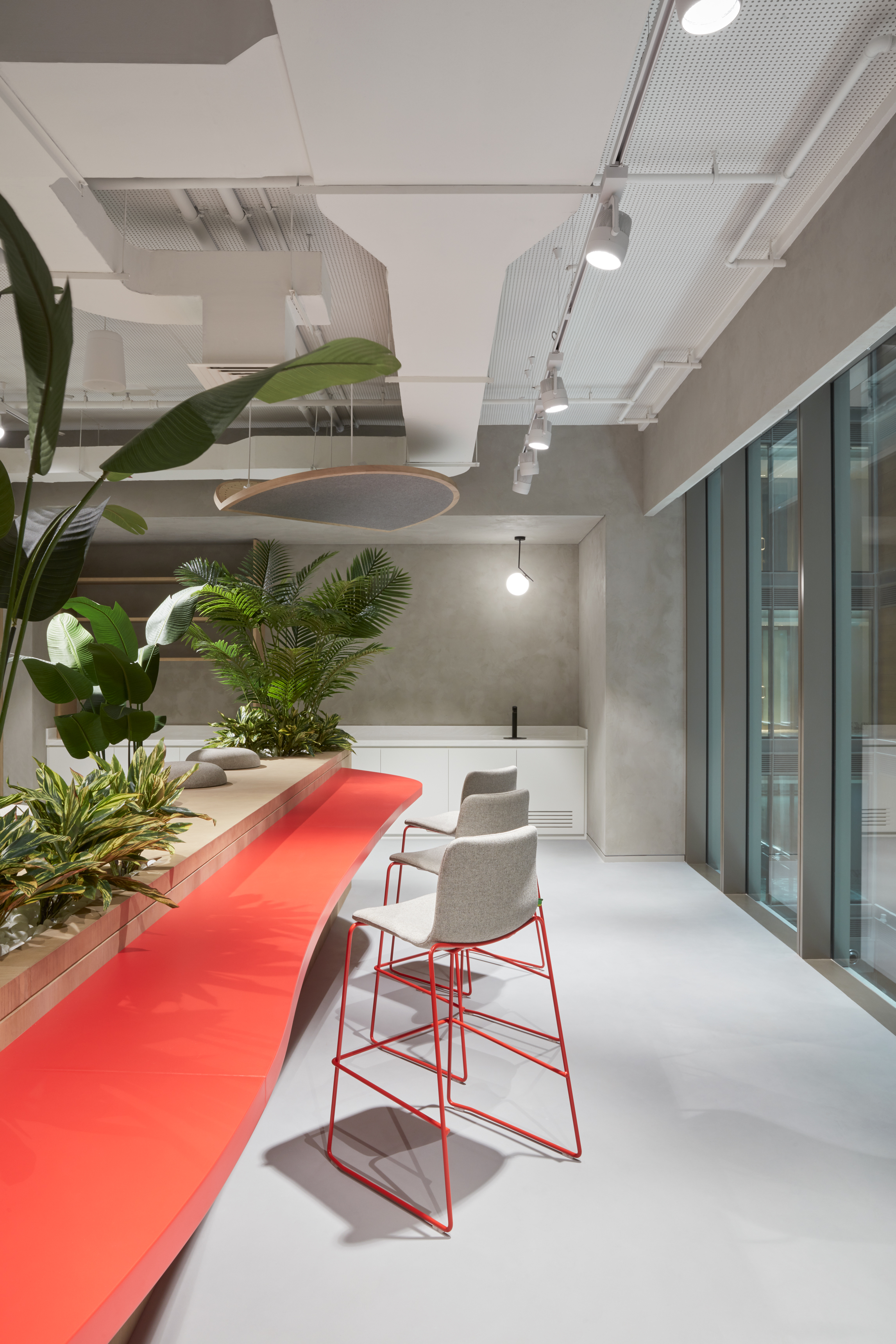 Natural lighting should be factored into office design and fit out at the outset by planning window placement, and office layout to maximise employee access to light as well as to outside views.
Natural lighting should be factored into office design and fit out at the outset by planning window placement, and office layout to maximise employee access to light as well as to outside views.
Plants
Bringing plants into the office is one of the most efficient ways to incorporate nature. There are so many ways to do this, including living walls, moss walls, potted plants, hanging plants, and so on. In addition, plants can help in improving indoor air quality, reducing ambient noise and helping to keep office interiors cooler in hot climates.
Air
People often prefer natural air to breathing in stale indoor air. In a hot and humid climate such as Dubai, providing natural air is not an option for much of the year. However, ensuring that HVAC systems are in top shape and that indoor air quality is fresh is essential. According to Philippe Pare of design consultancy Gensler:
“Improved air quality has to be up there as one of the biggest benefits of biophilic design as it plays an important role in reducing absenteeism, which is a huge business cost.” [12]
Water
Fountains are a familiar feature of traditional Arabic design for both practical (cooling) and aesthetic reasons. In an office space, a water feature can help in masking office noise. Planning and implementing a fountain or other water element can be complicated because it can increase indoor humidity and will require maintenance, but it is bound to delight employees and clients.
Animals
In some places in the world, employees are allowed to bring their dogs to work. However, in most working environments this is not an option. One way to incorporate living beings in the office is to set up an office aquarium or if the space and resources are available a mini-aviary or even just a bird cage.
Read more about our Smart Dubai Government HQ project embodying Biophilic design [13]
Indirect Experience of Nature
Natural Materials
Using natural materials is not only good for the environment, as long as they are sustainably sourced; it also increases the possibility of recycling and reusing. Biophilia is a sensory experience and it is important to engage all the senses – sight, touch, among others. Natural materials such as wood, stone and hemp have different qualities, tonalities and evoke different emotions. Natural materials last longer and are less problematic than many man-made materials, particularly if we consider toxic emissions and allergic reactions. They also have special acoustic properties that increase the sense of connection to nature.
Mimicking Nature: Evoking the Organic using Pattern and Colour
Another way to incorporate biophilia in the office is to replicate patterns, shapes and colours as seen in nature. This means using more curved rather than straight lines. For instance, the undulating configurations of sand dunes can be replicated in flooring patterns, whether in carpeting, tiling or stone. Colour schemes drawn from nature also have a role to play, that means blues, whites and brown tones. Green in its various shades is almost synonymous with the natural.
Natural materials have textures which can be evoked in the patterns of upholstery, cushions or wall panelling. Even a man-made material such as concrete can be manipulated and transformed to copy natural shapes and lines.
Sound
One of the ways we experience nature is through its typical sounds, bird song, the burble of water, the whisper of wind through leaves. We can replicate this in office environments by replacing piped in music with sounds from nature to enhance concentration and to increase a sense of calmness.
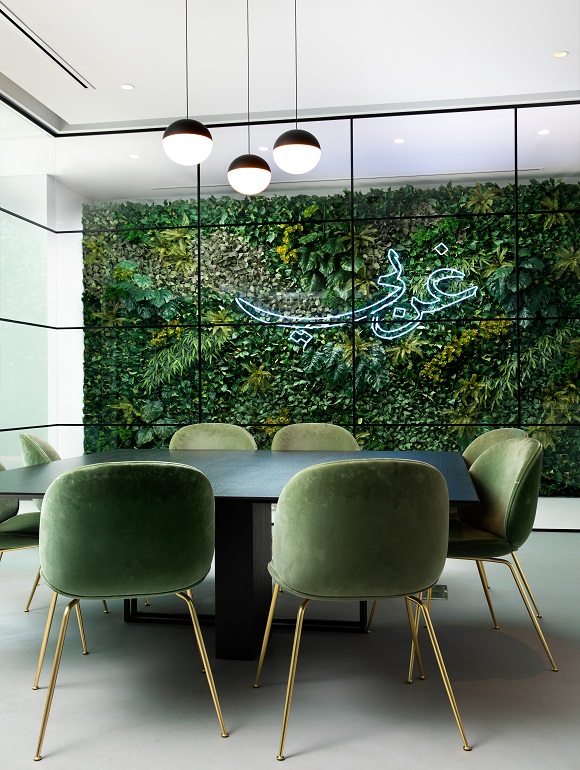 Art
Art
Studies have shown that even the images of natural scenes such as plants and animals can have a beneficial effect on office occupants. Including art in the office décor doesn’t just make a style statement; it can also improve employee focus. Images can be paintings, posters or even visual displays of nature scenes played on monitors in employee rest and recreation areas or desktop screensavers.
Experience of Space & Time
Manipulating space and time by creating different zones in the office for different types of activity is an approach we have advocated for a long time. Carving out different areas for quiet concentration, collaborative working and rest as well as relaxation result in the most productive working environments. [14] Setting a rhythm to the working day, including time for pressurised work interspersed with break-out sessions and time to relax help employees to maintain their energy levels. By structuring employees’ experiences of time and space at the office – providing choice and variety, this dimension of Biophilia can empower employees while contributing to their sense of well-being and shared community.
Summertown Interiors Delivers Sustainable Work Environment Solutions
“Investing in workspace is no longer considered an extra cost, but a productivity investment that enhances an organization’s overall success”
Marcus Bish, Managing Director
Summertown Interiors [15]
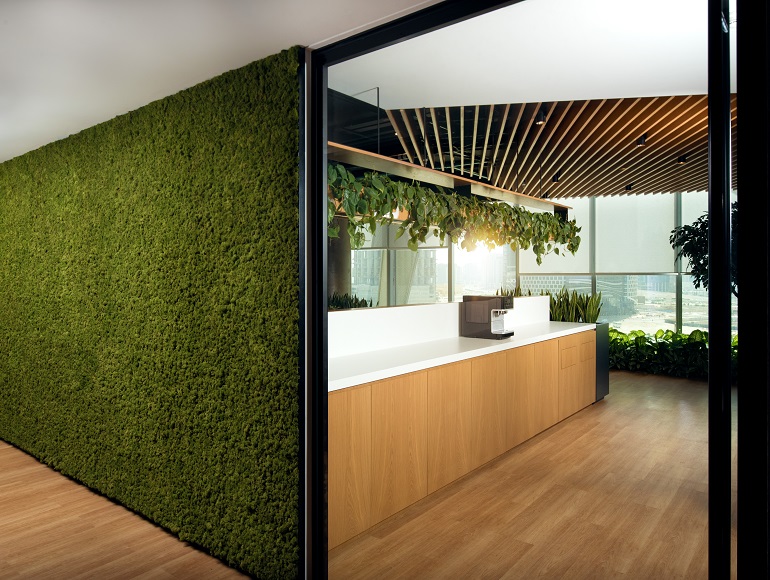 As the leading sustainable interior fit out contractor in the UAE, we are keen to keep abreast of the latest developments in the theory and proper implementation of sustainable working environments. Our approach is a holistic one. We don’t just look at the trees. We try to see the whole forest. So, we think about how interior fit out can help our clients achieve their corporate goals as well as improving the well-being of their employees using the most up-to-date and sustainable solutions. As an organisation, we are committed to delivering 100% sustainable projects; improving workplace happiness and well-being, and achieving zero company waste to landfill. [16] Our pledge to our clients is to provide them with the highest quality sustainable solutions to help them in creating the healthiest and most efficient working spaces.
As the leading sustainable interior fit out contractor in the UAE, we are keen to keep abreast of the latest developments in the theory and proper implementation of sustainable working environments. Our approach is a holistic one. We don’t just look at the trees. We try to see the whole forest. So, we think about how interior fit out can help our clients achieve their corporate goals as well as improving the well-being of their employees using the most up-to-date and sustainable solutions. As an organisation, we are committed to delivering 100% sustainable projects; improving workplace happiness and well-being, and achieving zero company waste to landfill. [16] Our pledge to our clients is to provide them with the highest quality sustainable solutions to help them in creating the healthiest and most efficient working spaces.
Whether you are planning a new office fit out or considering how to integrate biophilic elements into your existing office, we can help you find the best solutions that suit your business, office space, and budget.
Get in touch and find out more about how Biophilia is essential in your new office fit out or discuss how to incorporate biophilic elements in your existing work environment to make it a healthier, happier and more productive space.
References:
[1] https://www.workdesign.com/2018/09/enriching-the-workplace-with-biophilic-design/
[2] https://www.summertown.ae/2019-sustainable-office-fit-out-design-top-5-trends/
[3] https://www.summertown.ae/commercial-fit-out-trends-2020/
[4] https://www.ncbi.nlm.nih.gov/pmc/articles/PMC2760412/
[5] http://www.terrapinbrightgreen.com/wp-content/uploads/2014/09/14-Patterns-of-Biophilic-Design-Terrapin-2014p.pdf
[6] https://www.ncbi.nlm.nih.gov/pmc/articles/PMC5580568/
[7] https://www.ambius.com/blog/the-healthy-building-revolution-is-here-a-look-into-the-drive-towards-healthier-buildings-report/
[8] https://interfaceinc.scene7.com/s7viewers/html5/eCatalogViewer.html?asset=InterfaceInc/ec_am-theeconomicsofbiophilia-tpg2012&config=InterfaceInc/Universal_Catalog1
[9] https://sftool.gov/learn/about/580/biophilic-design#source21
[10] http://willsull.net/la570/resources/Introduction/BiophilicDesignChapter1.pdf
[11] https://verdeco.fi/2016/12/10/top-5-elements-most-wanted-in-the-office/
[12] https://workagile.co.uk/the-12-environmental-features-of-biophilic-design/
[13] https://www.lovethatdesign.com/article/embodying-biophilic-design-smart-dubai-government-hq/
[14] https://www.summertown.ae/coworking-revolution-influencing-uae-office-fit-out/
[15] https://meconstructionnews.com/emagazine/mec_preview.php?issue=68&code=mec_march_2020
[16] https://meconstructionnews.com/34542/summertown-interiors-launches-journey2030-sustainability-goals
